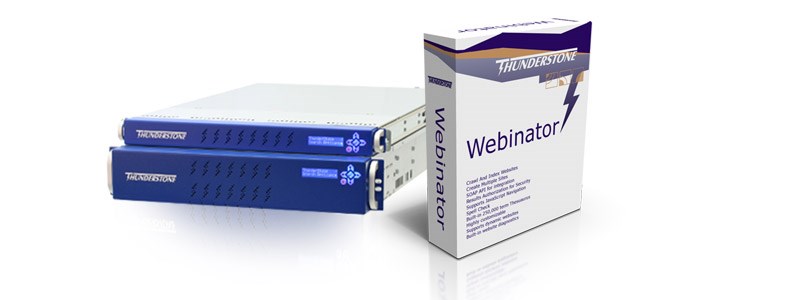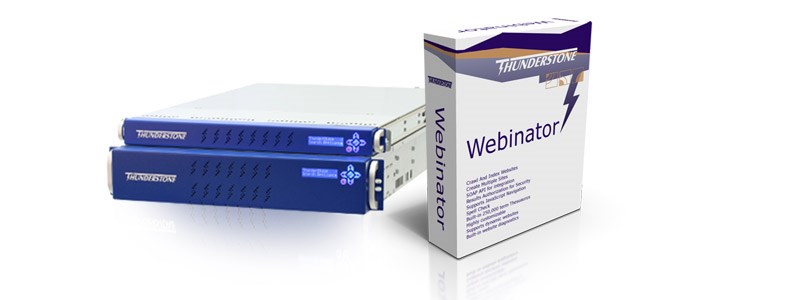Litigation is a booming business in the United States. That's not good news to some, but it creates interesting technology challenges. Larger and more complex lawsuits entail larger and more complex document management needs.
Some of the largest U.S. law firms, such as Skadden Arps, rely on Texis to search and manage legal documents through an application developed by Thunderstone integrator nMatrix Inc. The specialty of nMatrix is managing the "discovery" phase of U.S. legal proceedings.
In discovery, the parties provide the court with documents that may contain evidence relevant to the case. In major cases, millions of documents may be collected. They will be in many different electronic formats, or on paper that must be scanned and converted to searchable text through OCR process. The lawyers involved must search through the documents looking for relevant information.
The nMatrix system, called DocuMatrix, is unique in providing both full-text searching as well as classification and tagging. At the beginning of the process, a document is imported as an unstructured text object. Lawyers can immediately search through the material using Texis's various advanced search techniques. The approximate pattern matching tools are especially important for searching through OCR'd material which typically contains many typographical errors.
But that's not all. After a document is reviewed, authorized users tag it with various structured information, such as the names of people mentioned, dates, subjects, and many other details. Each entry becomes immediately searchable itself. In addition, the entered data is used for browsing and sorting the documents.
Texis's database characteristics make all this easy to accomplish. An administrator may specify the needed data fields, which are different from case to case. For any field, the administrator may designate a list of values to select from; others fields, such as a description, may allow free text entry. Users may search across any combination of the original text and added data.
We studied other search engines and found Texis to be the best suited to these needs because of it's superior database integration. This system has grown to be quite complex, but Texis has accommodated all the new requirements. It is really very versatile.
Arthur Finkel, CTO of nMatrix
An example of the complexities involved is access control. Users may be restricted to viewing only certain documents or even certain fields. Also, nMatrix recently added a feature allowing users to define their own thesauri for each case. Searches will automatically search for all the specified synonyms of a term in the thesaurus.
nMatrix also has found that the system is applicable to needs beyond the discovery process. Its nSite! product is targeted at knowledge management applications for lawyers as well as bankers and other professions. This encompasses real-time notification of newly arrived data, insuring that users stay up-to-date about important business issues.
We're planning to expand our use of Texis in many ways. Perhaps what's most important about the role of Texis in our products, is the way it has adapted to new requirements. We provide features and functionality today that we hadn't even thought of several years ago when we started with Texis. The fact that it has kept up with our product evolution says a lot about its maturity and superior design.
Arthur Finkel, CTO of nMatrix







